Kephelexin Vet Cephalexin 300 mg Tablets for Dogs: A Complete Guide to Uses, Dosage, and Benefits
- Introduction to Cephalexin: Start with a general overview of Cephalexin, explaining that it’s a broad-spectrum antibiotic commonly used in veterinary medicine.
- Purpose of the Post: Mention that this blog will provide an in-depth look at Kephelexin Vet Cephalexin 300 mg Tablets, its indications, proper usage, dosage guidelines, and safety considerations.
What is Kephelexin Vet Cephalexin 300 mg?
- Definition and Composition: Explain that Kephelexin Vet Cephalexin 300 mg Tablets are a formulation of Cephalexin designed specifically for veterinary use, intended for treating bacterial infections in dogs.
- Types of Bacterial Infections Treated: List the types of infections this drug can treat, including skin infections, urinary tract infections (UTIs), and respiratory tract infections.
- Why This Tablet is Preferred for Dogs: Talk about its specific formulation that makes it effective and safe for use in canines, as well as the appropriate dosage and its benefits compared to human versions of the drug.
Indications for Use
- Bacterial Infections in Dogs: Elaborate on the types of infections that Kephelexin Vet Cephalexin 300 mg is commonly prescribed for, including:
- Skin and Soft Tissue Infections (e.g., pyoderma)
- Urinary Tract Infections (UTIs)
- Respiratory Tract Infections
- Bone and Joint Infections (e.g., osteomyelitis)
- Gastrointestinal Infections (less common but possible)
- General Vet Recommendations: Highlight the conditions under which veterinarians would recommend this medication and why it’s trusted for treating various bacterial infections.
Dosage and Administration of Kephelexin Vet Cephalexin 300 mg Tablets for Dogs
Proper dosage and administration are crucial when giving Kephelexin Vet Cephalexin 300 mg Tablets to ensure the medication is effective while minimizing the risk of side effects. Below is a detailed guide on how to administer this antibiotic to your dog, including general dosage recommendations, adjustments for different dog sizes, and helpful tips for administering the medication.
General Dosage Guidelines
Kephelexin Vet Cephalexin 300 mg Tablets are typically administered twice a day (every 12 hours) for most infections. However, the exact dosage will depend on factors like your dog’s weight, the severity of the infection, and any pre-existing health conditions.
- Standard Dosage:
- 1 tablet of 300 mg every 12 hours for most medium to large dogs.
- Duration of Treatment:
- The usual treatment duration is 7 to 10 days, depending on the type of infection being treated.
Dosage Adjustments Based on Dog’s Weight
The appropriate dosage may need to be adjusted based on your dog’s weight. While 300 mg tablets are typically used for medium and large dogs, smaller dogs may require lower doses or an alternative formulation.
| Dog Weight (kg) | Dosage (mg) | Frequency | Duration |
| 2 – 5 kg | 150 mg (half tablet) | Every 12 hours | 7-10 days |
| 5 – 10 kg | 300 mg (one tablet) | Every 12 hours | 7-10 days |
| 10 – 20 kg | 600 mg (two tablets) | Every 12 hours | 7-10 days |
| 20+ kg | 900 mg (three tablets) | Every 12 hours | 7-10 days |
How to Adjust Dosage for Puppies and Smaller Dogs
- For puppies or small dogs (weighing less than 5 kg), a half tablet (150 mg) is typically recommended every 12 hours.
For Large Dogs
- Large dogs (over 20 kg) may require two to three tablets (600–900 mg) per dose, depending on the severity of the infection and veterinary recommendations. Your vet might adjust the dosage to achieve the best therapeutic effect while minimizing the risk of side effects.
How to Administer Kephelexin Vet Cephalexin 300 mg Tablets
- Oral Administration:
- If your dog has a sensitive stomach, it’s often best to give the medication with food to reduce gastrointestinal upset.
- With Food vs. Empty Stomach:
- With Food: If your dog tends to get an upset stomach from antibiotics, giving Kephelexin with food can help minimize gastrointestinal distress like vomiting or diarrhea.
- Empty Stomach: The medication can be given on an empty stomach, but it might cause mild nausea in some dogs. If your dog is reluctant to eat, giving the tablet on an empty stomach should not significantly impact the medication’s effectiveness, but always consult with your vet first.
What Happens If You Give Too Much (Overdose)?
If you accidentally administer too much Kephelexin, watch for signs of overdose, which may include:
- Excessive drooling
- Vomiting
- Diarrhea
- Lethargy
- Loss of appetite
Seek immediate veterinary attention if you suspect an overdose, as the vet may need to monitor your dog and take measures to prevent further complications.
Benefits of Kephelexin Vet Cephalexin 300 mg Tablets for Dogs
- Broad-Spectrum Antibiotic:
- Kephelexin is effective against a wide range of bacterial infections, particularly Gram-positive bacteria, including Staphylococcus and Streptococcus species, commonly responsible for skin, respiratory, and urinary infections.
- Effective for Common Infections:
- It’s commonly used to treat pyoderma (skin infections), UTIs, respiratory infections, and even bone and joint infections, making it a versatile option in veterinary care.
- Well-Tolerated:
- Cephalexin is generally safe for most dogs when used as directed, with minimal side effects such as mild gastrointestinal upset.
- Quick Action:
- Most dogs begin to show signs of improvement within 2-3 days of treatment, providing fast relief from bacterial infections.
- Low Risk of Resistance:
- Cephalexin has a relatively low rate of bacterial resistance, making it a dependable choice for treating various bacterial infections.
- Ease of Use:
- Kephelexin Vet is available in 300 mg tablets, which are easy to administer to dogs, either directly or by hiding in food.
- Widely Available:
- Kephelexin is commonly prescribed by veterinarians, making it easily accessible for most dog owners.
Adverse Effects of Kphelexin Vet Cephalexin 300 mg Tablets
As with any medication, Kephelexin Vet Cephalexin 300 mg Tablets may cause side effects in some dogs. While Cephalexin is generally well-tolerated, it’s important for pet owners to be aware of potential reactions, so they can monitor their pets closely and seek veterinary care if needed. Below is a detailed breakdown of common and rare side effects that may occur.
Common Side Effects
- Gastrointestinal Disturbances
- Vomiting: Dogs may experience nausea or upset stomach, leading to vomiting. This is one of the most commonly reported side effects with antibiotics like Cephalexin.
- Loss of Appetite: Some dogs may show a reduced desire to eat, which is a common response to oral antibiotics.
- Mild Allergic Reactions
- Skin Rash or Hives: Some dogs may develop rashes, itching, or hives.
- Swelling: Swelling of the face, lips, or eyelids can occur as part of an allergic response.
Management: If you notice these signs, contact your vet right away. They may suggest discontinuing the medication and switching to a different antibiotic.
Less Common or Rare Side Effects
- Severe Allergic Reactions (Anaphylaxis)
- In rare cases, dogs may experience a severe allergic reaction to Kephelexin, including anaphylaxis. Symptoms may include difficulty breathing, swelling of the throat, or collapse.
Direction: Anaphylaxis is a medical emergency.
- Kidney Problems
- Cephalexin is processed by the kidneys, and in rare instances, it can lead to kidney-related issues, especially in dogs with pre-existing kidney disease.
- Symptoms of kidney issues include increased thirst, excessive urination, or lethargy.
Management: If you suspect kidney issues, your vet may recommend adjusting the dosage or discontinuing the medication and switching to another antibiotic.
- Blood Disorders
- Symptoms may include easy bruising, bleeding gums, or infections that don’t heal.
Management: Blood tests may be necessary to monitor for these conditions. If your dog experiences unusual bruising or bleeding, contact your vet immediately.
Other Rare Side Effects
- Liver Dysfunction
- Liver-related side effects, such as elevated liver enzymes or jaundice, are very rare but can occur with long-term use of Kephelexin.
- Signs of liver problems include yellowing of the skin or eyes, dark urine, or lethargy.
- Seizures
- Although very rare, some dogs may experience seizures as a result of an allergic or toxic reaction to Cephalexin.
- Superinfection
- Cephalexin can sometimes disrupt the balance of normal bacteria in the body, which may allow other pathogens, like yeast, to proliferate and cause a superinfection. This is most likely to happen if the medication is used for extended periods or not completed as prescribed.
What to Do If Your Dog Develops Side Effects
- Monitor Your Dog: If your dog is showing any of the symptoms listed above, keep track of their behavior and contact your vet if the symptoms persist or worsen.
- Discontinue Medication: If your dog experiences severe side effects like anaphylaxis or signs of kidney problems, immediately stop administering the medication and get in touch with your vet for an alternative treatment plan.
- Veterinary Consultation: Always consult with your veterinarian before giving Kephelexin or any medication, especially if your dog has a history of allergic reactions, kidney disease, or other medical conditions.
Alternatives to Kephelexin Vet Cephalexin 300 mg Tablets
- Other Antibiotics for Dogs: Provide information on alternative antibiotics that can treat similar infections in dogs, such as:
- Amoxicillin
- Clindamycin
- Enrofloxacin
- Natural Remedies: Discuss any natural remedies or adjunct therapies that can support healing (e.g., probiotics to restore gut health after antibiotics).
Clinical Research on Kephelexin Vet Cephalexin 300 mg Tablets for Dogs
- Skin Infections: Patterson et al. (2001) showed Cephalexin effectively treats pyoderma in dogs, with improvement in 7-10 days.
- UTIs: Weese et al. (2004) found Cephalexin has an 85-90% success rate for treating UTIs caused by Gram-positive bacteria.
- Respiratory Infections: Mehrotra et al. (2012) showed it effectively treats bronchopneumonia within 5-7 days.
- Side Effects: Common issues include gastrointestinal upset. Rare side effects include allergic reactions and kidney issues.
- Resistance: Marshall et al. (2014) noted low resistance, but sensitivity testing is recommended to avoid resistance.
Conclusion
Kephelexin Vet Cephalexin 300 mg Tablets for Dogs is an essential antibiotic in veterinary care, providing a reliable solution for treating various bacterial infections in dogs. From skin conditions like pyoderma to more serious infections like urinary tract infections and respiratory issues, Kephelexin has proven to be effective in tackling a wide range of ailments caused by susceptible bacteria. When used properly, this medication can significantly improve a dog’s health and quality of life, but it’s important for pet owners to follow the prescribed dosage and complete the full course of treatment to avoid resistance and ensure full recovery. Monitoring for side effects and consulting a vet in case of any concerns is crucial for safe and successful treatment.







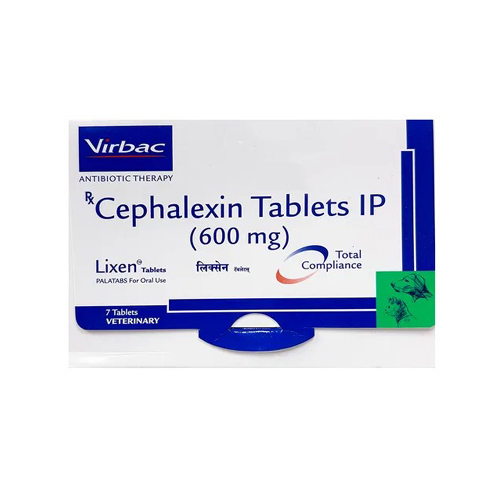
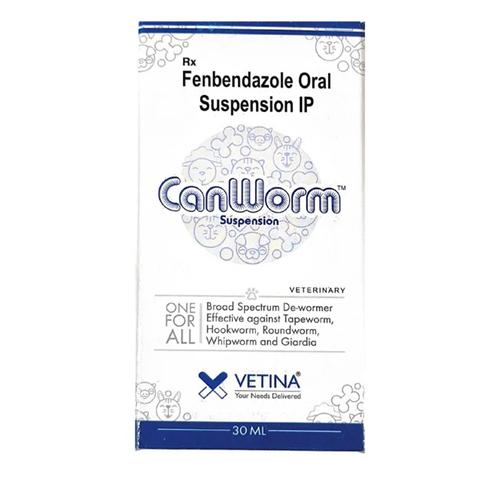

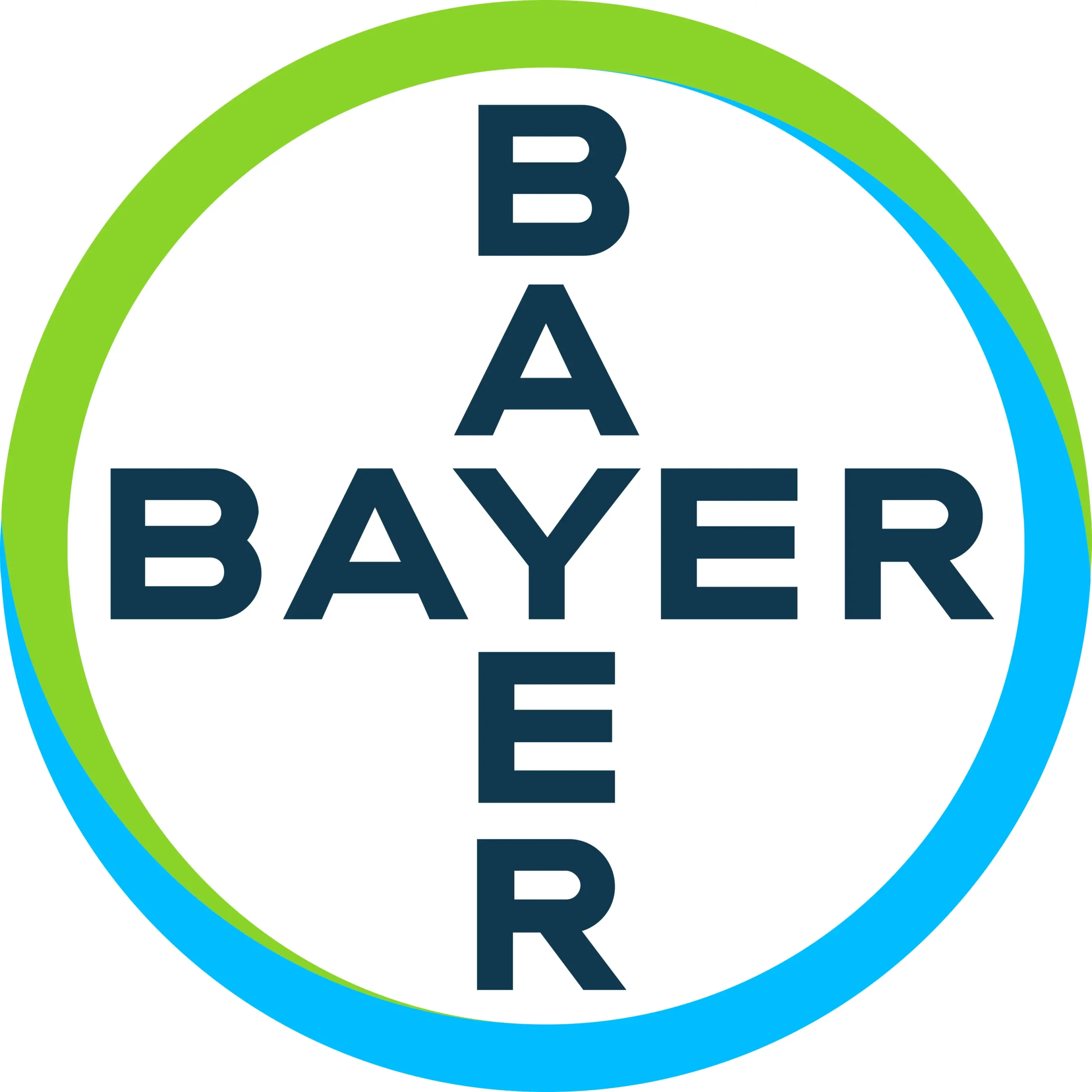

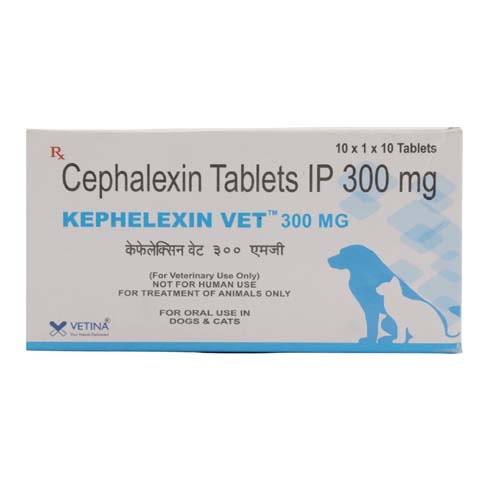
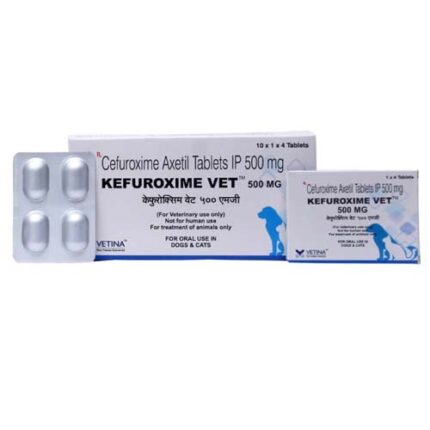
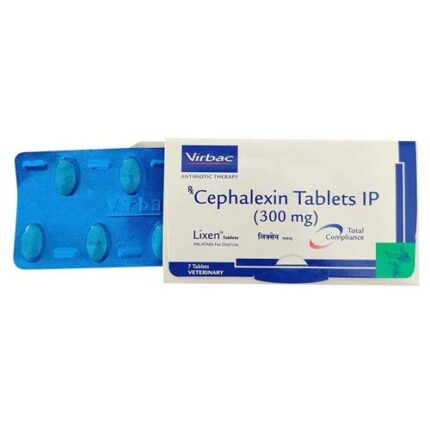


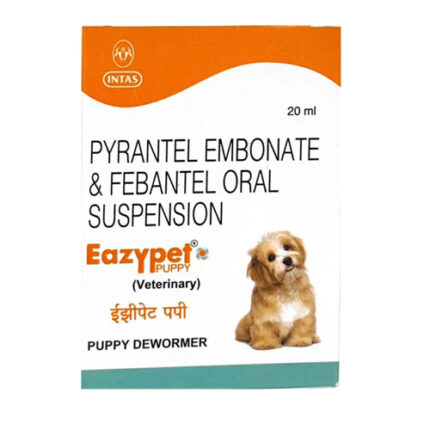
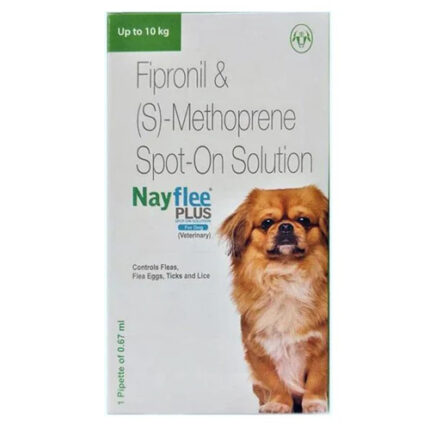
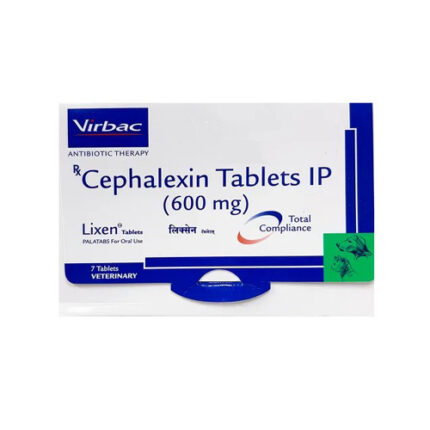
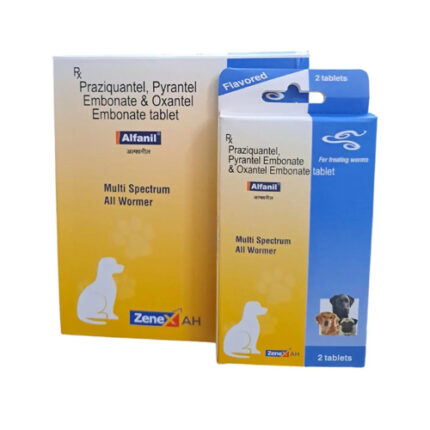
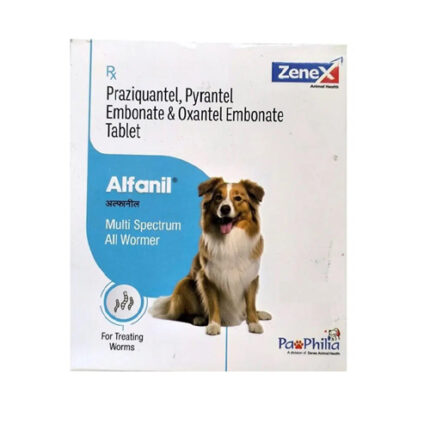

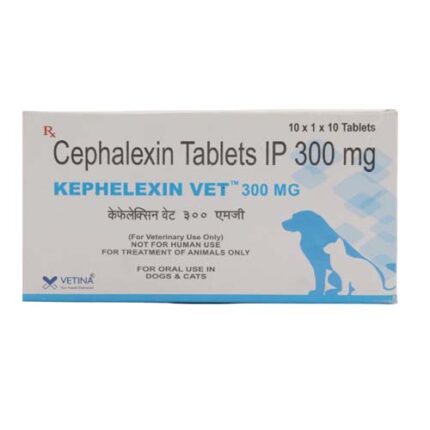
Reviews
There are no reviews yet.